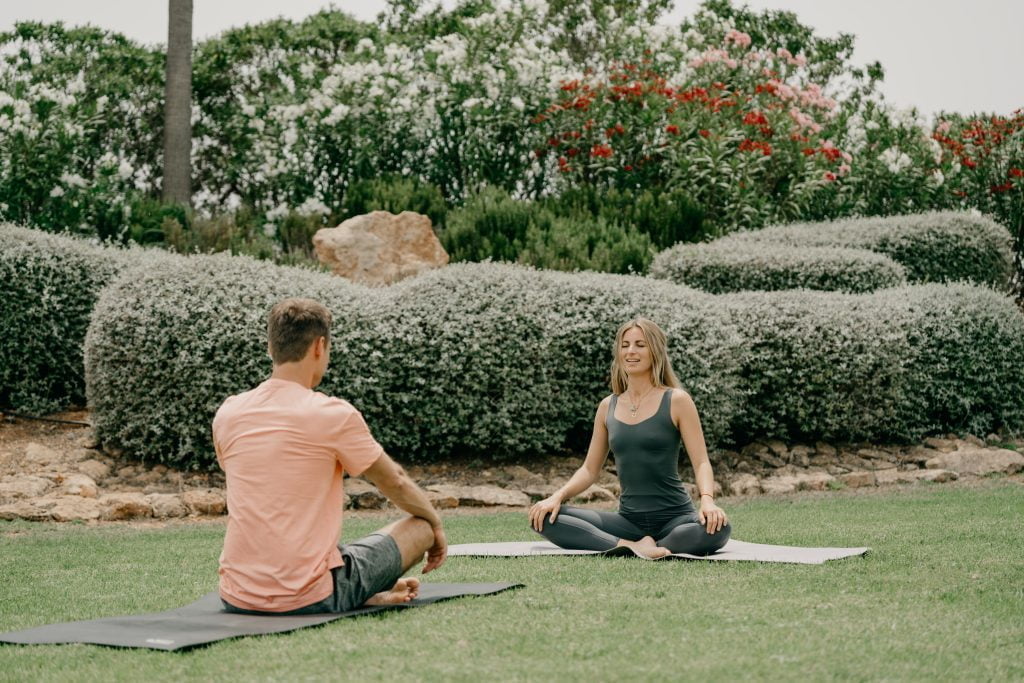
6 Minutes
Yoga is a time-honoured practice that has evolved over millennia. It’s taken different forms and been developed by a diverse range of practitioners across the globe. Today, there are many yogic practices that exist. Each bring their own distinct approach to connecting the mind, body and spirit. At The Balance, yoga is part of our mindfulness program. It’s one of the many techniques we give to clients to balance their nervous system, and bring their bodies back to a state of safety. In this blog, we go through five popular forms of yogic practice—Vinyasa, Hatha, Yoga Nidra, Ashtanga, and Yin Yoga—and hear from one of our yoga teachers, Jil Moore, on how this practice has the potential to change lives.
A UNIQUE METHOD TREATING Insights
a successful and proven concept focusing on underlying causesLASTING APPROACH
0 Before
Send Admission Request
0 Before
Define Treatment Goals
1 week
Assessments & Detox
1-4 week
Psychological & Holistic Therapy
4 week
Family Therapy
5-8 week
Aftercare
12+ week
Refresher Visit
Insights
latest news & research on InsightsHow To Love Yourself
It is not as difficult as you would imagine to communicate with your higher guidance. The trick is to be willing to learn about self-love. The solutions may come quickly or gradually. They can appear in the form of words
read moreMental Training For Athletes
The mental self and physical self are symbiotically linked. In other words, everything that happens in the mind has an impact on the body, and vice versa
read more






